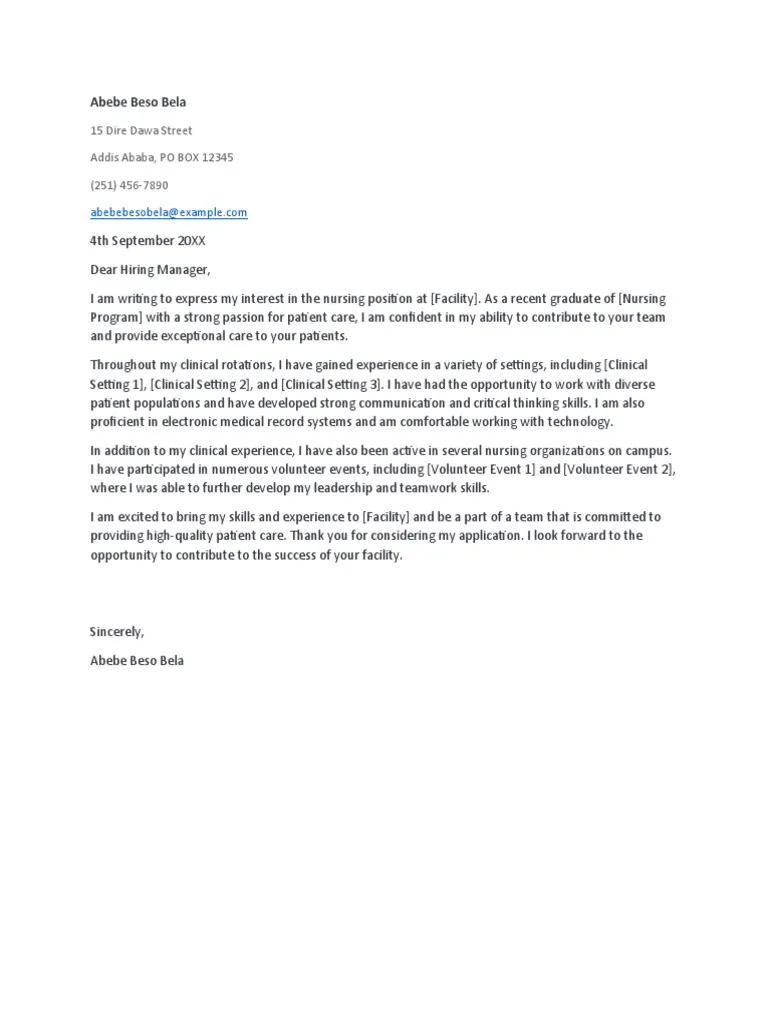What is a CV Cover Letter
A CV cover letter, also known simply as a cover letter, is a document you send alongside your resume (CV) when applying for a job. It serves as your introduction to the hiring manager and provides an opportunity to showcase your personality, skills, and experience in a more personalized way than a CV alone. Essentially, the cover letter is your chance to make a strong first impression, demonstrating why you are the ideal candidate for the specific role. It complements your CV by expanding on your qualifications and highlighting the aspects that are most relevant to the job requirements. The goal is to convince the reader to consider your application and ultimately invite you for an interview. A well-crafted cover letter can significantly increase your chances of landing your dream job, so it is essential to dedicate time to writing a good one.
Why is a Cover Letter Important
The cover letter is much more than just a formality. Many hiring managers and recruiters consider it an essential part of the application process. It provides context for your CV, allowing you to explain how your skills and experiences align with the job requirements and the company’s values. A cover letter helps to tell a story, connecting your past experiences with the present job opportunity, and demonstrating your interest in the specific company. It allows you to personalize your application, showing the hiring manager that you have taken the time to understand the role and what the employer is looking for. A strong cover letter can set you apart from other applicants, especially if your CV is similar to others. It also helps you to demonstrate your written communication skills, which are valuable in almost every professional setting.
Key Components of a Cover Letter
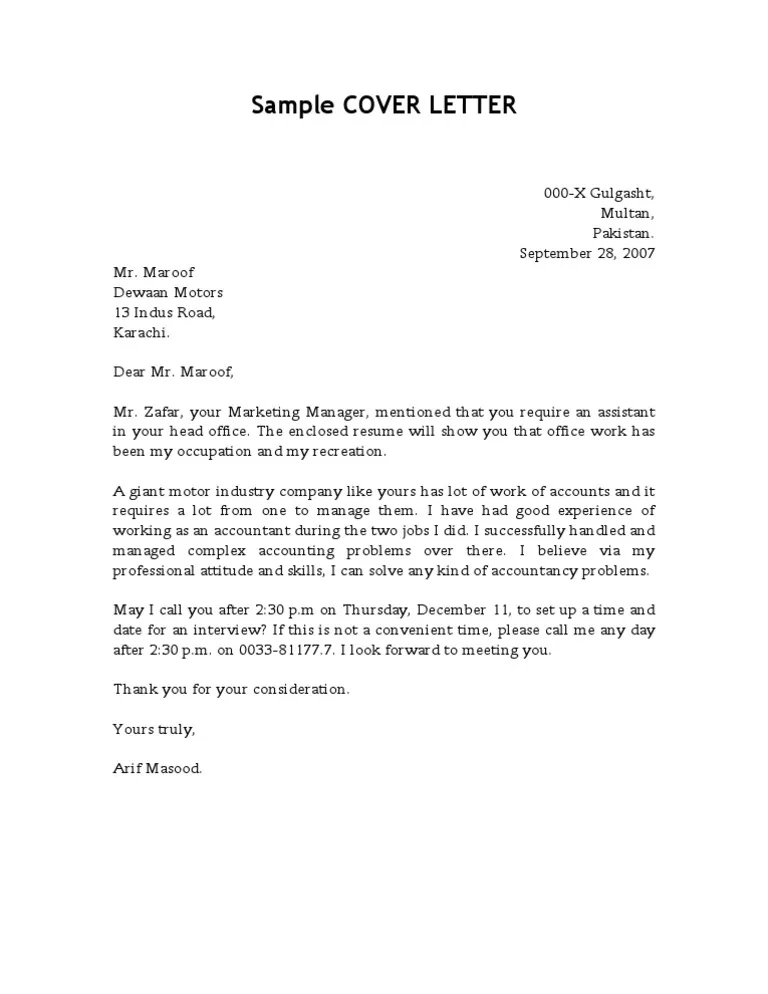
A compelling cover letter typically includes several key components that work together to create a cohesive and persuasive narrative. Each section plays a crucial role in conveying your qualifications and demonstrating your suitability for the position. These include contact information, a personalized opening, a body that highlights relevant skills and experiences, a closing paragraph, and a professional sign-off. The structure of your cover letter is important. It must be organized logically and easy to read, with each section serving a specific purpose. By carefully crafting each part, you can create a cover letter that captures the hiring manager’s attention and encourages them to read your CV. A well-structured letter also shows your attention to detail and your ability to communicate effectively, qualities that are highly valued by employers.
Contact Information
Begin your cover letter with your contact information. Include your full name, address, phone number, and email address. Place this information at the top of the letter, either left-aligned or in a header. It is important to use a professional email address, as this will be the primary method of communication. Make sure the information is accurate and up to date, as this will be the means by which the employer will contact you. Below your contact information, include the date and the hiring manager’s name and address if you have it. Addressing the letter to a specific person shows that you have done your research and are genuinely interested in the position.
The Opening Paragraph
The opening paragraph is your first opportunity to grab the hiring manager’s attention. Start by stating the position you are applying for and where you saw the job posting. Briefly mention why you are interested in the role and the company. Make a strong statement that captures the essence of your application and conveys your enthusiasm. Consider using a hook to make your opening more engaging, such as mentioning a relevant achievement or experience that aligns with the job requirements. Avoid generic openings like, ‘I am writing to express my interest.’ Instead, demonstrate a clear understanding of the role and the company’s needs, setting a positive tone for the rest of the letter. The goal is to immediately demonstrate your value and entice the reader to continue.
Highlighting Relevant Skills and Experience
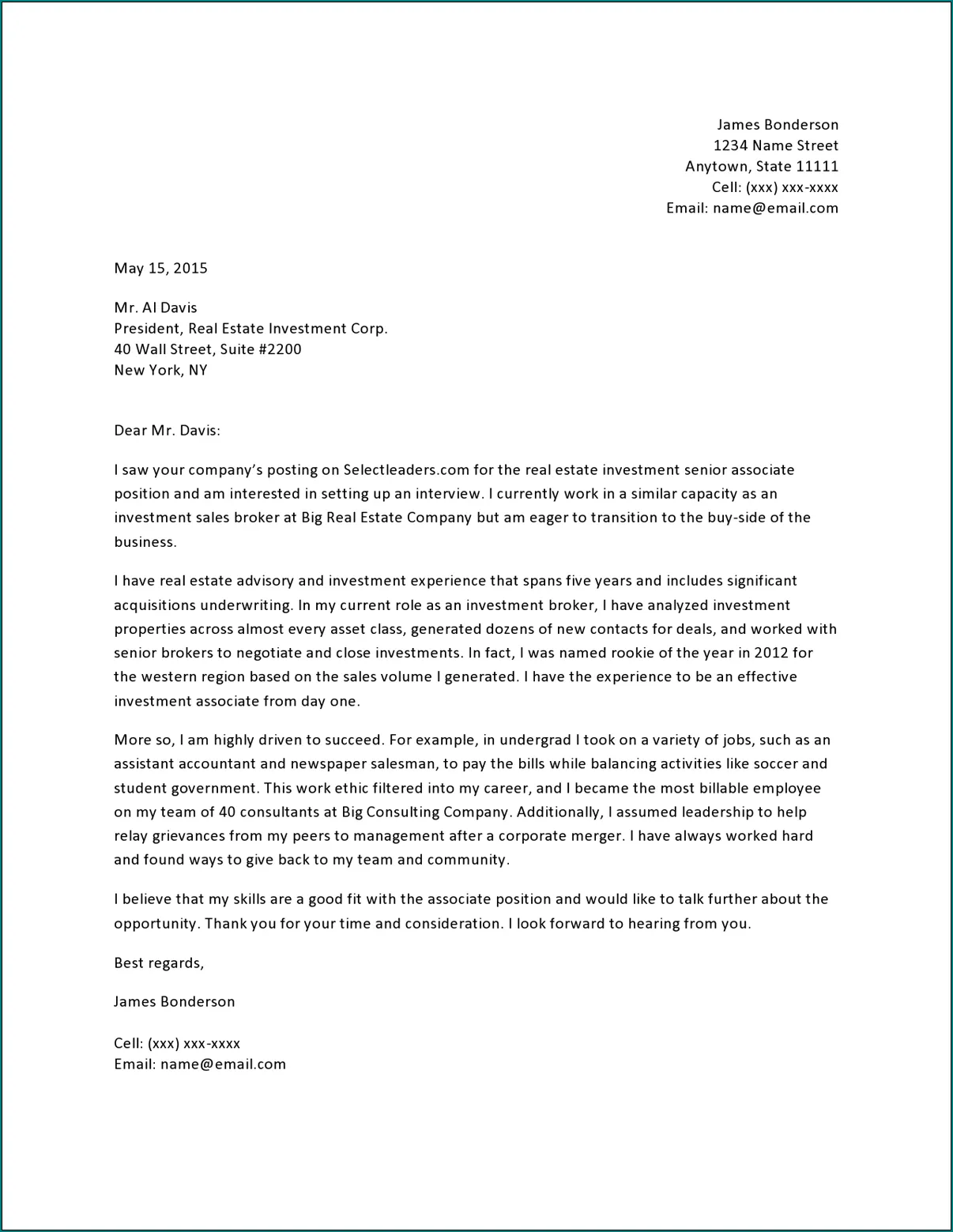
The body of your cover letter is where you showcase your skills and experience. Review the job description carefully and identify the key requirements. Then, select the skills and experiences that align most closely with those requirements. Provide specific examples of how you have used these skills in the past and what results you achieved. Quantify your accomplishments whenever possible, using numbers and data to demonstrate your impact. Frame your accomplishments in terms of what the employer is looking for, emphasizing how you can contribute to their team. Customize this section for each job, making sure to tailor your examples to match the specific requirements of the role. Always refer back to the job description, illustrating how your skills and experiences make you an ideal candidate for the position.
Quantifying Achievements with Numbers
Quantifying your achievements with numbers adds credibility and impact to your cover letter. Instead of simply stating that you improved sales, say by how much. Did you increase sales by 15% in a quarter? Did you streamline a process, resulting in a 10% reduction in costs? Use data to demonstrate the tangible results of your work. This approach makes your accomplishments more concrete and easier for the hiring manager to understand. When possible, include statistics and metrics to highlight your impact. This could include the number of projects you managed, the amount of money you saved the company, or the percentage increase in customer satisfaction. By using numbers, you provide concrete evidence of your abilities and show the hiring manager that you are results-oriented.
Demonstrating Enthusiasm for the Position
Demonstrating your enthusiasm for the position and the company is essential to making a strong impression. Show that you have done your research by mentioning specific aspects of the company that appeal to you. Explain why you are interested in the role and how it aligns with your career goals. Express your passion for the industry and demonstrate your understanding of the company’s mission and values. This is an opportunity to go beyond simply listing your skills and experience. Speak about what excites you about the company and how you can contribute to their success. Show them that you see yourself being part of their team. By demonstrating genuine interest, you will set yourself apart from other applicants and increase your chances of getting an interview. Use positive language and show a proactive approach.
Formatting Your Cover Letter
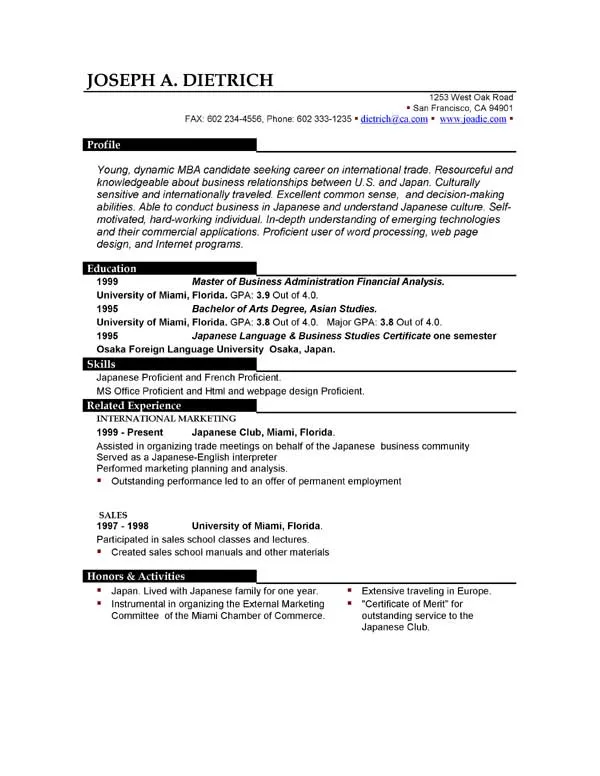
Formatting plays an essential role in the overall impact of your cover letter. A well-formatted cover letter is easy to read and visually appealing, making it easier for the hiring manager to absorb your information. Proper formatting shows that you pay attention to detail and that you value professionalism. The format should be consistent throughout the document, and it should be easy on the eye. Ensure the layout is neat and organized, with adequate spacing between paragraphs and sections. Use a professional-looking font and appropriate margins. Always remember that your cover letter is a reflection of your professionalism, and the formatting is a key part of that.
Font and Font Size
Choose a professional and easy-to-read font for your cover letter. Some commonly used options include Times New Roman, Arial, Calibri, and Helvetica. Avoid using overly decorative or unconventional fonts, as these can be distracting. Use a font size between 10 and 12 points. A larger font size can make your letter easier to read, but it should not look excessive. The goal is to create a balance between readability and space efficiency. Make sure the font size is consistent throughout the document. Avoid changing font styles or sizes within the letter, as this can make your writing appear disorganized and unprofessional. Consistency and clarity are key to presenting yourself in a positive light.
Margins and Spacing
Use standard margins of 1 inch on all sides of your cover letter. This creates a balanced and professional look. Ensure adequate spacing between paragraphs and sections to make the letter easier to read. Double-space between paragraphs. Use single spacing within paragraphs. Maintain consistent spacing throughout your letter to maintain a professional and clean appearance. Using these conventions will enhance the reader’s experience and make your letter more visually appealing. Proper use of margins and spacing enhances the readability of your cover letter and helps to present you in a good light.
Proofreading and Editing
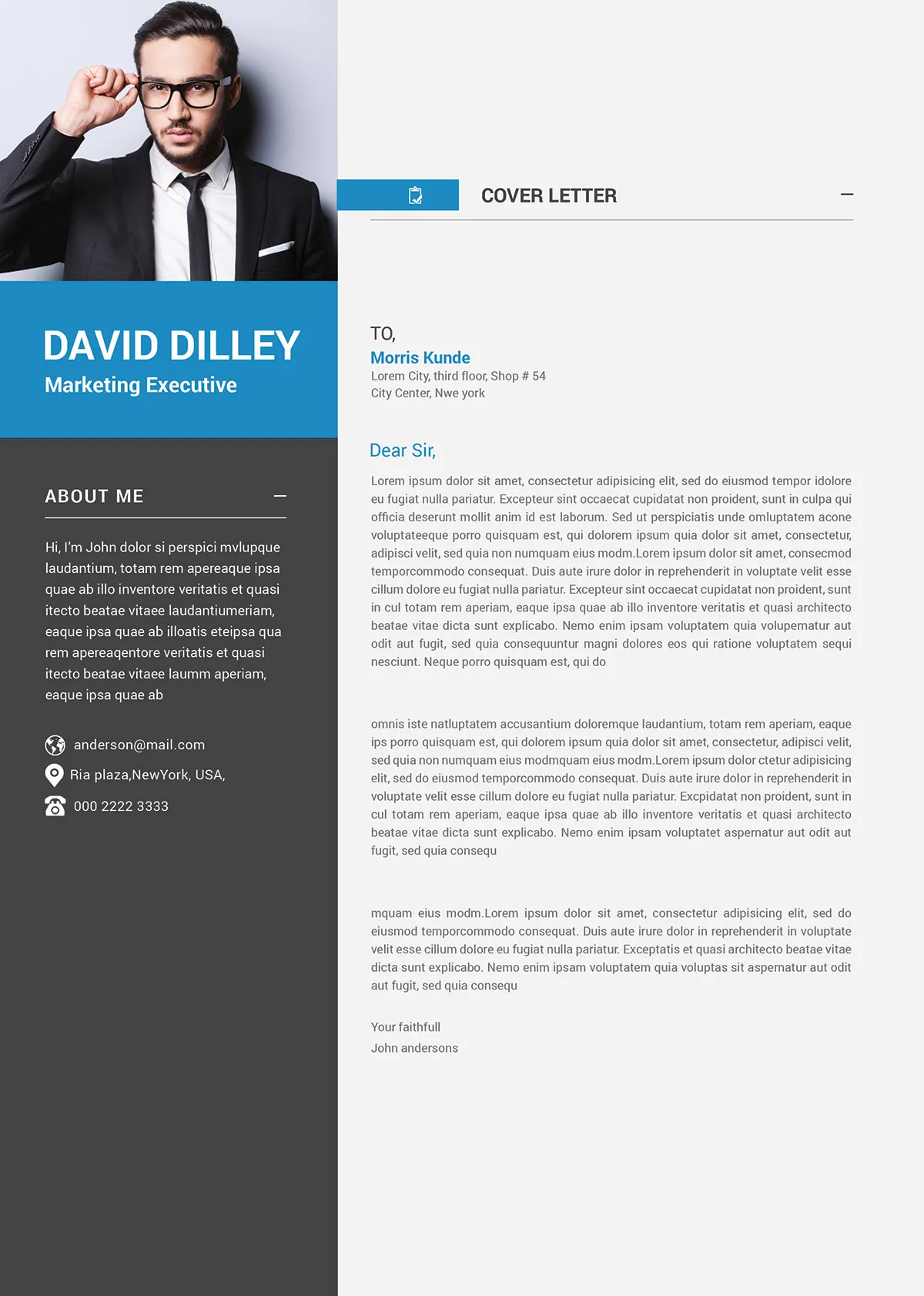
Proofreading and editing are crucial steps in the cover letter writing process. Carefully review your cover letter for any spelling, grammar, and punctuation errors. Even small mistakes can make you appear careless or unprofessional. Use a spell checker and grammar checker, but do not rely on them completely. Read your cover letter aloud to catch any awkward phrasing or sentences that don’t flow well. Consider having a friend or family member proofread your letter. Fresh eyes can often spot errors that you might miss. Ensure that your tone is appropriate for the job and company. Revise your letter as needed to make sure it is clear, concise, and engaging. Always make sure your final draft is polished and error-free.
Tips for a Successful Cover Letter
Several additional tips can help you create a successful cover letter. Following these guidelines can increase your chances of making a positive impression on hiring managers and securing an interview. A great cover letter stands out, is well-written, and effectively communicates your value. Pay attention to these factors during your writing process to create a letter that gets you noticed.
Tailoring Your Letter to Each Job
Avoid using a generic cover letter. Always customize your letter to each job you apply for. Review the job description carefully and identify the specific requirements. Tailor your letter to highlight the skills and experiences that are most relevant to that particular role. Demonstrate your understanding of the company and its needs. Use the same keywords and phrases that are used in the job description. Address the specific needs of the employer and show how you can contribute to their team. This personalized approach makes your application more compelling and shows that you are genuinely interested in the position.
Using Action Verbs
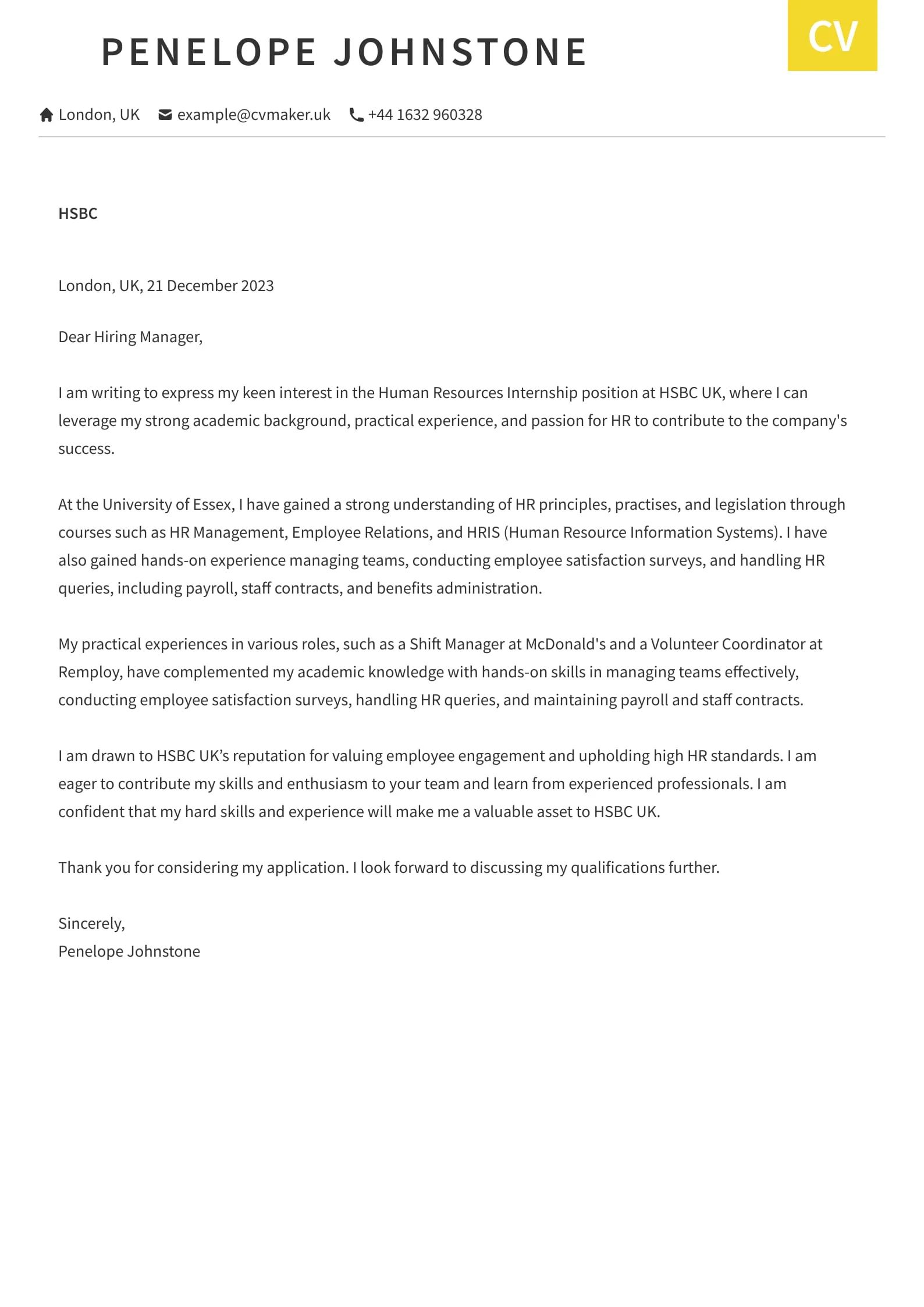
Use strong action verbs to make your cover letter more dynamic and engaging. Action verbs demonstrate what you have achieved in past roles. They make your accomplishments more concrete and highlight your skills and abilities. Instead of saying ‘Responsible for,’ try using action verbs like ‘Managed,’ ‘Led,’ ‘Developed,’ ‘Implemented,’ or ‘Achieved.’ This approach adds energy to your writing and makes your accomplishments more memorable. Action verbs are especially important when describing your experiences and showcasing your achievements. These words help convey your capabilities, and show the hiring manager that you are a results-oriented individual.
Highlighting Relevant Skills and Experience
Focus on the skills and experiences that are most relevant to the job requirements. Tailor your cover letter to show how your qualifications match the needs of the employer. Review the job description and identify the key skills and experiences they are looking for. Highlight those skills and provide specific examples of how you have used them in past roles. Use the language from the job description to describe your skills and experiences. Emphasize the aspects of your background that align with the employer’s needs. This targeted approach shows the hiring manager that you understand the role and that you are a good fit for the company. By directly addressing the requirements outlined in the job posting, you show that you’ve taken the time to understand the role.
Keywords and Phrases
Incorporate relevant keywords and phrases from the job description into your cover letter. Many companies use Applicant Tracking Systems (ATS) to screen applications. If your cover letter does not include the right keywords, your application may be automatically rejected. Carefully review the job description and identify the key skills, responsibilities, and qualifications. Integrate these keywords and phrases naturally throughout your letter. This can include job titles, software skills, and industry-specific terminology. By including the right keywords, you increase the chances that your application will be noticed by the hiring manager.
Common Mistakes to Avoid
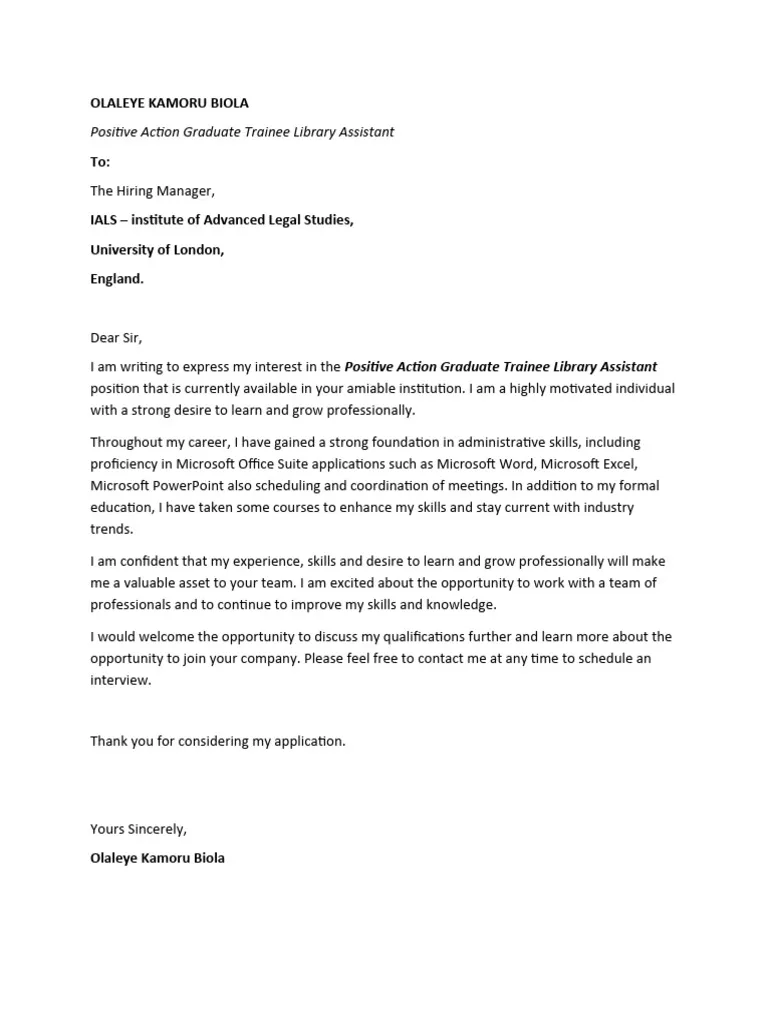
Avoiding common mistakes is essential for creating an effective cover letter. Certain errors can undermine your application and reduce your chances of getting an interview. By being aware of these mistakes, you can create a polished cover letter that helps you stand out from the competition. These oversights often result in your application being discarded before it’s even fully reviewed.
Length and Tone
Keep your cover letter concise and to the point. Aim for a length of one page. Avoid excessive detail and focus on the most relevant information. Use a professional and enthusiastic tone. Avoid being overly casual or informal. Be positive and confident in your writing, but avoid arrogance. The tone should align with the company culture and the specific industry. Maintain a tone that is engaging and appropriate for the specific role you are applying for. Make it clear and easy to understand.
Generic Language
Avoid using generic and clichéd language. Instead, use specific examples and details to showcase your skills and experiences. Avoid phrases like ‘hard worker’ or ’team player.’ Instead, provide examples of how you have demonstrated these qualities in the past. Avoid overly used phrases like ‘I am writing to express my interest.’ Instead, make your opening engaging and tailored to the specific job. The goal is to make your letter stand out from the rest. Generic language is often perceived as insincere or uninspired, so it’s crucial to avoid it.
Lack of Personalization
Do not send a generic cover letter to multiple companies. Tailor your letter to each job and each company. Research the company and the role, and demonstrate your understanding of their needs. Address the hiring manager by name if possible. Show that you have taken the time to understand the company’s mission and values. The lack of personalization sends a clear message that you are not truly interested in the role or the company. The goal is to make it clear to the recruiter that you are very interested in this specific job and why.
Closing the Cover Letter
The closing of your cover letter should reiterate your interest in the position and provide a clear call to action. Thank the hiring manager for their time and consideration. Express your enthusiasm for the opportunity and reiterate your interest in discussing your qualifications further. Include a call to action, such as stating that you are available for an interview and look forward to hearing from them soon. Reiterate your enthusiasm for the role and the opportunity to contribute to the company. End with a professional sign-off, such as ‘Sincerely’ or ‘Best regards,’ followed by your full name. This will leave the hiring manager with a positive impression.
Expressing Gratitude and Offering Contact
Express gratitude for the hiring manager’s time and consideration. Thank them for reviewing your application and for the opportunity to be considered for the role. Reiterate your interest in the position and in the company. Offer your contact information, and indicate that you are available for an interview at their earliest convenience. Make it easy for the hiring manager to reach you. Include your email address and phone number again. State that you look forward to hearing from them soon. This final step reinforces your enthusiasm and leaves a positive impression.
Example Cover Letter Breakdown
To truly understand how to write a compelling cover letter, it can be helpful to review an example and break down its key components. A well-written cover letter demonstrates the effective use of the principles described above. By analyzing an example, you can gain a better understanding of how to structure your own letter and highlight your qualifications. Study how each element, from the opening paragraph to the closing, contributes to the overall effectiveness of the letter and the impression it creates. Consider using an example of a cover letter when applying for a similar role.
